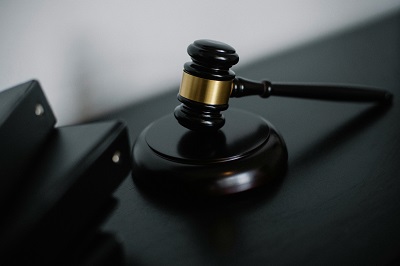A great photo requires more than a terrific subject, setting, and lens. Background usually comes first. A great photography backdrop can make an ordinary shot extraordinary. It may enhance visual narrative, create the tone, and capture attention. Knowing how to employ backdrops and materials is important while taking images of yourself, others, or fine art. This tutorial covers typical backgrounds, how to choose one, and what makes each one excellent for certain images. In this post you should know about photography background.
The most important guide:
The most essential part about this book is mastering the basics for amazing outcomes.
Different Backdrops and Mounting Systems
Background setup influences both the procedure and the final image. Wall or ceiling-mounted rollers allow backdrops to be moved in and out. Free-standing support systems are ideal for on-location shooting and studio setups since they can be moved. Transportable backdrops are lightweight panels that may be folded and assembled rapidly. They’re usually double-sided and portable. Panoramas or multi-panel frames create large settings for group shots or dramatic scenarios.
Fitting Backdrop to Style: Self-Portraits, Portraits, Fine Art
Various backgrounds are needed for various photos. For crisp, high-key headshots or self-portraits, seamless white, gray, or muted frames highlight the subject. Textured, painted, or antique backgrounds may create the mood and add significance to your fine art or creative work. Background color, texture, and material vary with illumination. Cloth absorbs light differently, paper reflects light minimally, and vinyl glosses or glares from particular angles. The backdrop can hang straighter and perform better throughout the picture by using supports, clamps, or weighted bottoms as photography props.
Durability, upkeep, and practicality
A rarely used backdrop might lose quality if not properly maintained. If improperly kept, vinyl and smooth paper backdrops can crumple, although they resist water and spills better than cloth. Keep cloth backdrops smooth by washing or steaming and storing heavier fabrics carefully to avoid mildew. Rolling smooth paper keeps everything clean, and filthy sections may be cut off and replaced. The support system must be solid to avoid sagging or moving, which would ruin the look. Professionals should budget for backups and repairs by photography props.
Effective Backdrop Lighting, Color, and Composition
Choice of backdrop and lighting go together. Dark or black backdrops absorb light and increase contrast. White or light backdrops brighten frames. Keeping topic and backdrop illumination separate helps balance out the background. Neutral tones are more adaptable, although bright or themed lighting may need more careful setup to minimize color casts. How much backdrop is seen and if floor drops or objects are employed alter the visual story.
Choose Specialty Backdrops When
Paper, linen, and plastic may not work, bespoke backgrounds like hand-painted canvases, printed scenic backgrounds, and bespoke textures are useful in these scenarios. These are utilized in editing and fine art, where uniqueness is valued. These options are more expensive and need more effort, but the visuals can establish the mood and tell the tale. Custom backdrops may showcase branding, events, and themed picture sessions. Complex arrangements may make storing, moving, and lifting tougher.
This book provides professional advice and proven techniques to attain your goals.
Conclusion
An excellent photography backdrop balances appearance, functionality, affordability, and utility. The right background can emphasize subjects, set the tone, and provide visual impact, backgrounds may affect how people see a picture. Whether you’re shooting beautiful self-photos, emotive fine art, or crisp corporate portraits, the background is vital. It simplifies and enhances creativity. Elevate your style with Adraa – where elegance meets timeless design.



